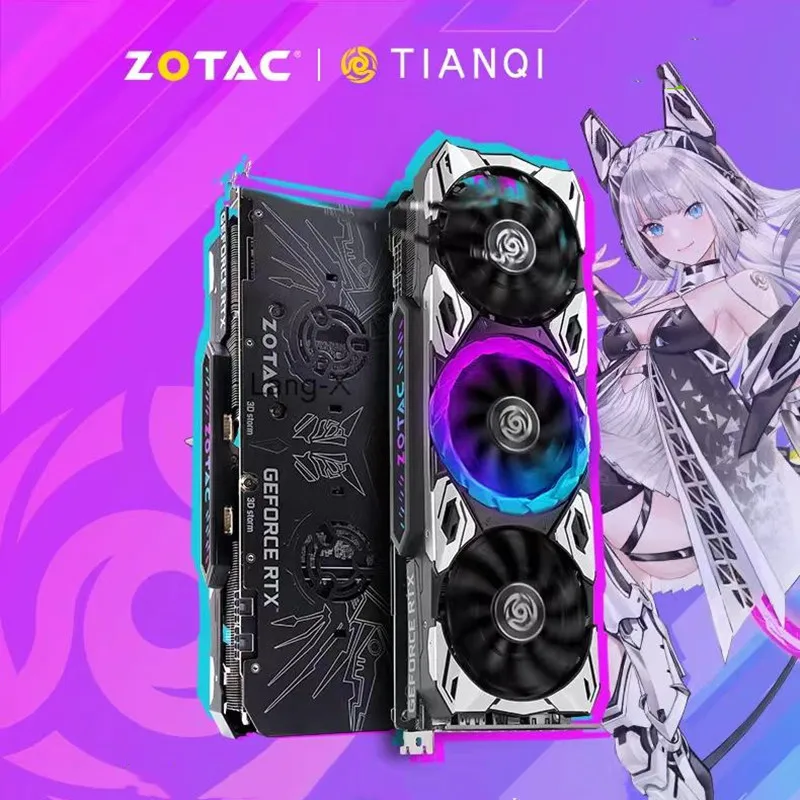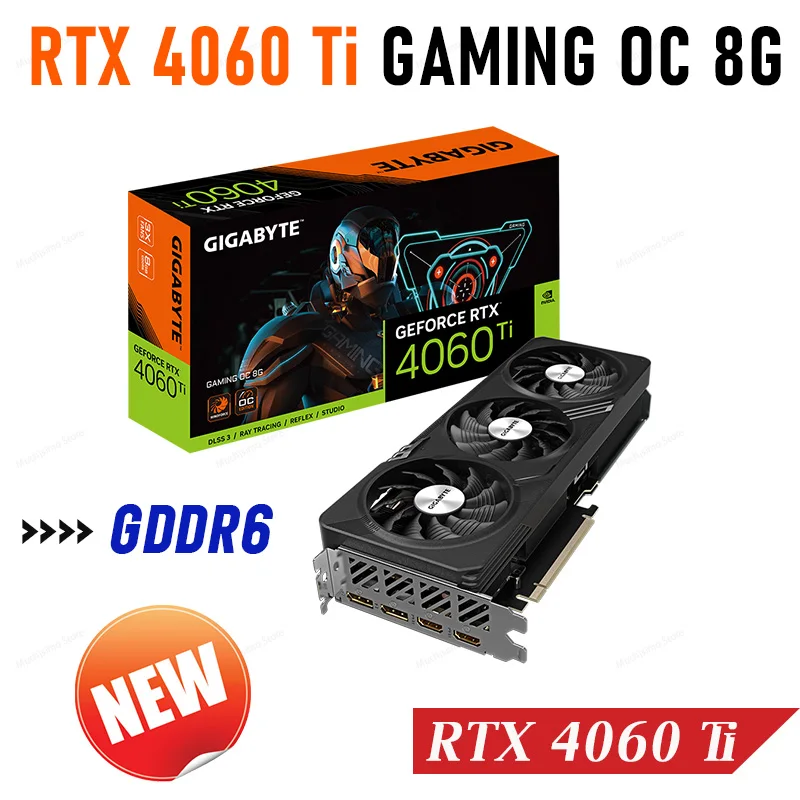Placa de Vídeo para Edição Barata: Discover the Best Options Today
A budget video card for editing can enhance performance without excessive spending. Focus on key factors like GPU performance, memory, and software optimization to ensure a smooth editing experience. Models like the GTX 1650 and RX 570 are excellent choices that balance affordability with effective performance.
Placa de vídeo para edição barata is a game-changer for aspiring video editors. Choosing the right graphics card can significantly improve your editing experience, allowing for smoother rendering, better playback, and enhanced visual quality. In this article, we will dive into what to look for when selecting a budget-friendly video card, highlight top affordable options, and share tips on boosting your editing performance without spending a fortune.














What to Look for in a Cheap Video Card?
When searching for a cheap video card, it’s crucial to consider several factors to ensure you make the best choice. Understanding your video editing needs will help guide your selection.
1. GPU Performance
The performance of the graphics processing unit (GPU) is a primary concern. Look for cards that offer adequate memory and clock speed for smooth video editing. Ideally, a video card with at least 4GB of VRAM is recommended for handling high-resolution footage.
2. Compatibility
Ensure that the card you choose is compatible with your system. Check the slot type (usually PCI Express) and make sure your power supply can support the card’s requirements.
3. Cooling System
Editing can be resource-intensive, causing your GPU to heat up. A robust cooling system in the video card enhances performance and prolongs its lifespan. Look for models with good reviews on thermal efficiency.
4. Brand Reputation
Consider well-known brands like MSI, ASUS, or Gigabyte known for reliable products and good customer support. Check customer reviews for insights on durability and performance.
5. Price vs. Performance Balance
Compare prices and performance metrics across various models. Sometimes, you might find a slightly more expensive card that offers significantly better performance, which can be worth the investment for editing purposes.
By evaluating these factors, you can find a cheap video card that meets your video editing needs without overspending. Remember, the right choice will help you achieve better results and enhance your overall editing experience.
Top Affordable Video Cards for Editing
Here are some of the top affordable video cards suitable for video editing:
1. NVIDIA GeForce GTX 1650
The GTX 1650 offers solid performance for its price. With 4GB GDDR5 memory, it handles 1080p editing well and is energy efficient.
2. AMD Radeon RX 570
The RX 570 is a great choice for those looking for performance without breaking the bank. It features 4GB or 8GB GDDR5 for smooth video playback and rendering.
3. NVIDIA GeForce GTX 1660 Super
The GTX 1660 Super strikes a great balance between price and performance. With 6GB GDDR6 memory, it excels in both editing and gaming.
4. AMD Radeon RX 580
The RX 580, known for its strong performance in video editing, comes with 8GB GDDR5. It provides excellent capability for handling more complex projects.
5. ASUS TUF Gaming GeForce GTX 1650
This variant of the GTX 1650 is designed for durability and performance. It also includes 4GB GDDR6 memory, making it reliable for editing tasks.
These cards are excellent options, providing a balance of affordability and performance for video editing tasks. When buying, always consider factors like memory, compatibility, and cooling systems to ensure optimal usability.
How to Boost Editing Performance with Budget Cards?
Boosting editing performance with budget cards can greatly enhance your workflow. Here are some effective tips to help you maximize performance without a big investment.
1. Update Drivers Regularly
Keeping your graphics drivers updated ensures optimal performance. Manufacturers release updates that improve compatibility and fix bugs. Visit the NVIDIA or AMD website to download the latest drivers.
2. Optimize Video Editing Software Settings
Adjust settings in your editing software to better suit your hardware capabilities. Lower the preview resolution and disable unnecessary effects during editing. This will lead to smoother playback and quicker rendering.
3. Use Proxy Files
Working with proxy files allows your software to handle lighter versions of your video clips. This is especially useful for high-resolution videos. After editing, you can switch back to full-resolution files for final rendering.
4. Manage Background Processes
Close any unnecessary programs running in the background. These can use up your RAM and CPU resources, making video editing sluggish. Use the Task Manager on Windows or Activity Monitor on Mac to quit non-essential applications.
5. Increase System RAM
If possible, consider increasing your system RAM. Having more RAM allows for better multitasking and smoother performance when editing. This can be one of the most effective upgrades for budget systems.
6. Optimize Storage Drives
Using an SSD instead of a traditional hard drive can vastly improve loading times and file access speeds. If an SSD is not an option, ensure your hard drive is defragmented and has enough free space for efficient operation.
By applying these strategies, you can significantly enhance the performance of your budget graphics card in video editing tasks, leading to a smoother and more efficient workflow.
FAQ – Frequently Asked Questions about Budget Video Cards for Editing
What should I look for in a cheap video card?
When choosing a cheap video card, focus on GPU performance, compatibility with your system, cooling systems, brand reputation, and the price-to-performance ratio.
Are budget video cards suitable for 4K editing?
Most budget video cards struggle with 4K editing. If you plan to work with 4K footage, consider investing in a card with at least 6GB of VRAM.
How can I boost editing performance with budget cards?
Update drivers, optimize software settings, use proxy files, manage background processes, increase RAM, and optimize storage drives to improve performance.
Can I use multiple video cards for better performance?
Yes, using multiple video cards can enhance performance, but ensure your system supports it and that your editing software is compatible with multi-GPU setups.
How important is RAM for video editing?
RAM is very important for video editing as it allows for smoother multitasking and faster processing of tasks. Aim for at least 16GB for optimal performance.
Are there any specific brands known for affordable video cards?
Brands like NVIDIA and AMD offer reliable affordable video cards. Models like the GTX 1650 and RX 570 are popular choices for budget editing.